Mexico City, one of the most densely populated urban areas globally, is grappling with a severe water shortage, affecting its 21 million inhabitants.
The city’s water reservoirs have plummeted to unprecedented lows, forcing local authorities to enforce water rationing measures. This shortage has pushed citizens to adopt extreme water conservation methods, illustrating the gravity of the city’s water crisis.
The Struggle of Daily Water Use
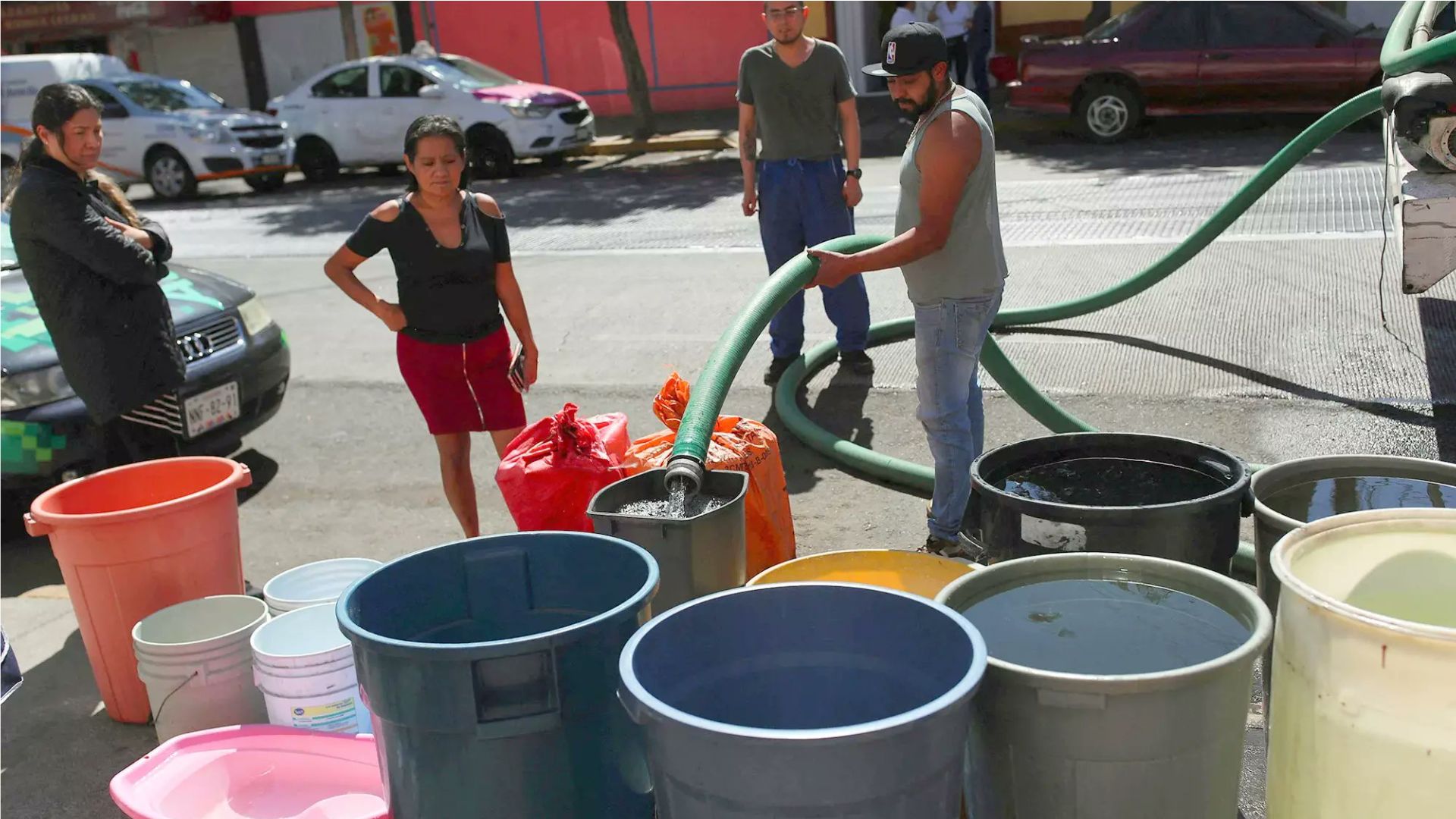
In the face of dwindling water supplies, Mexico City’s residents are compelled to find innovative ways to manage their daily water use.
Olga González shared her strategies for recycling water in her household, capturing shower water for toilet flushing and reusing washing machine water.
Buying Clean Water
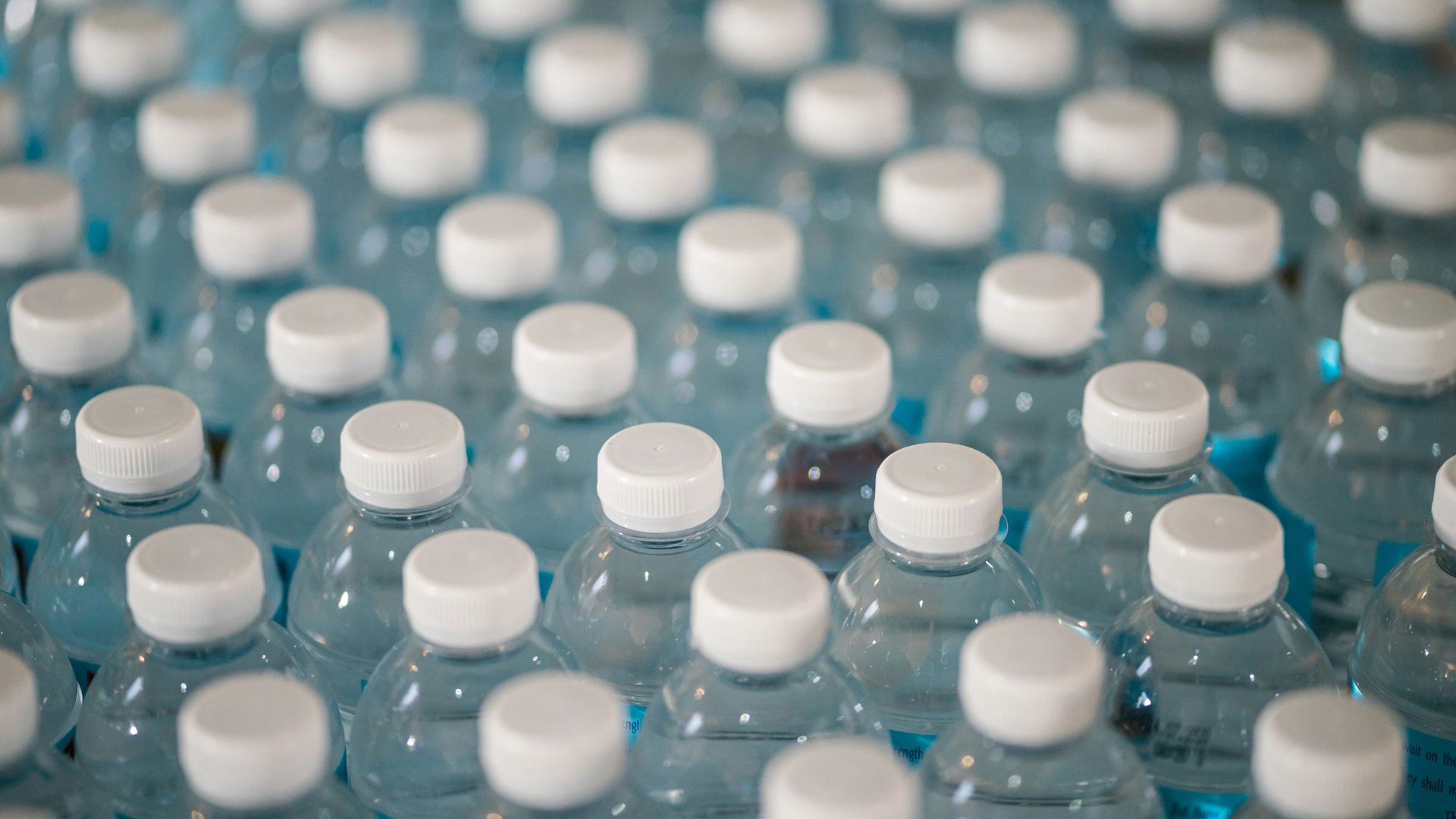
The severity of the water crisis extends beyond just the scarcity, as the quality of available water is also compromised. NBC News reports that González, like many others, is forced to purchase drinking water due to the poor condition of the city’s supply, which is overly chlorinated and dirty.
This additional burden illustrates the multifaceted nature of the water shortage, affecting not just access but also the health and financial stability of the city’s residents.
Weekly Water Allocation in Tlalpan
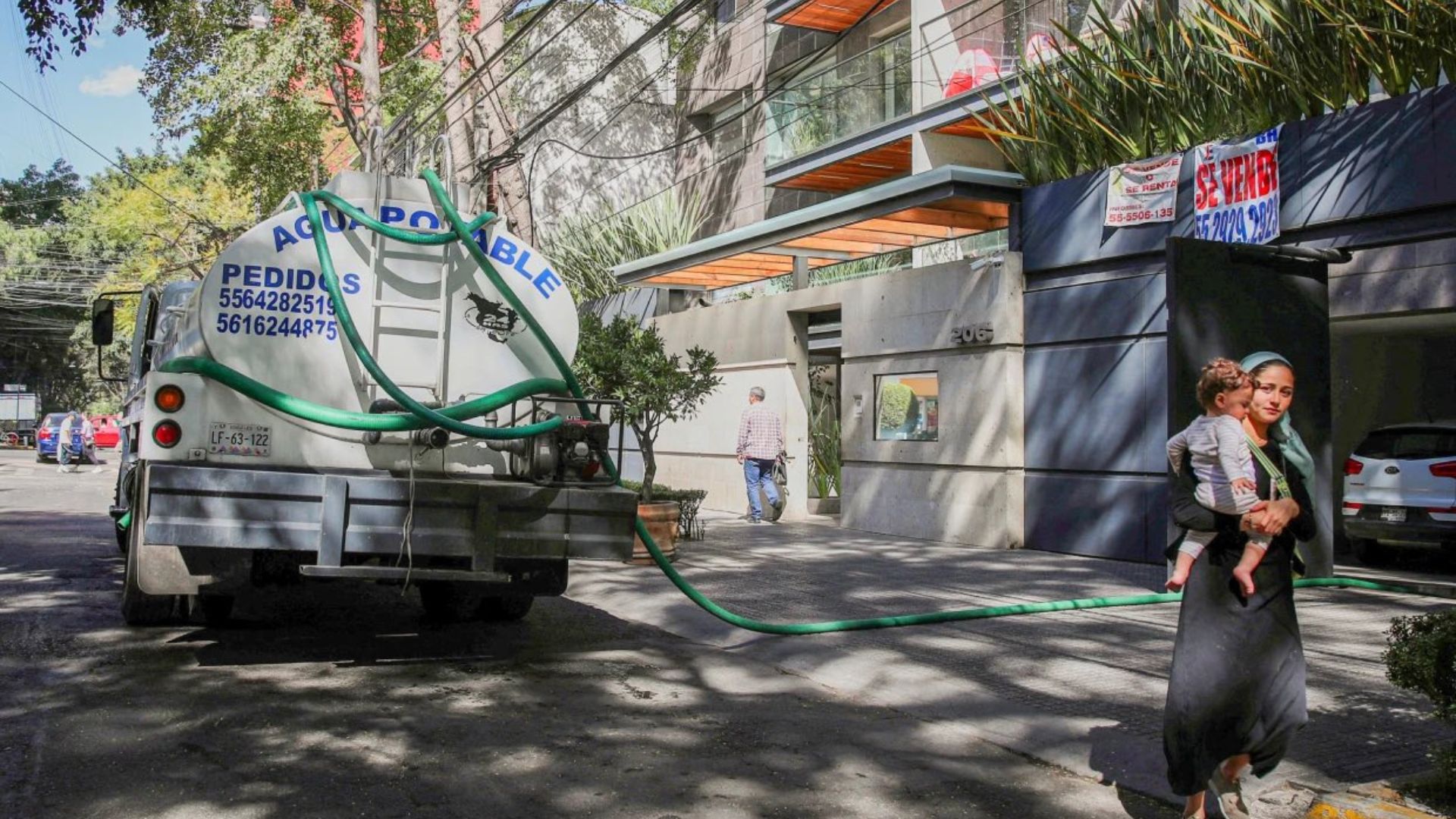
Residents in Mexico City’s Tlalpan district experience their own set of challenges, with water being supplied just once a week.
Nancy Cabrera Cepeda describes this struggle, saying, “We have a tank and, when the water arrives it fills up, but in general we have no water supply.”
Impact on Communities

The water shortage is felt acutely in neighborhoods like Iztapalapa, where water scarcity has been a long standing issue.
Community leader Mariano Salazar stresses the gravity of the situation, with the district’s nearly 2 million residents vying for a limited water supply.
Unprecedented Measures in Public Spaces
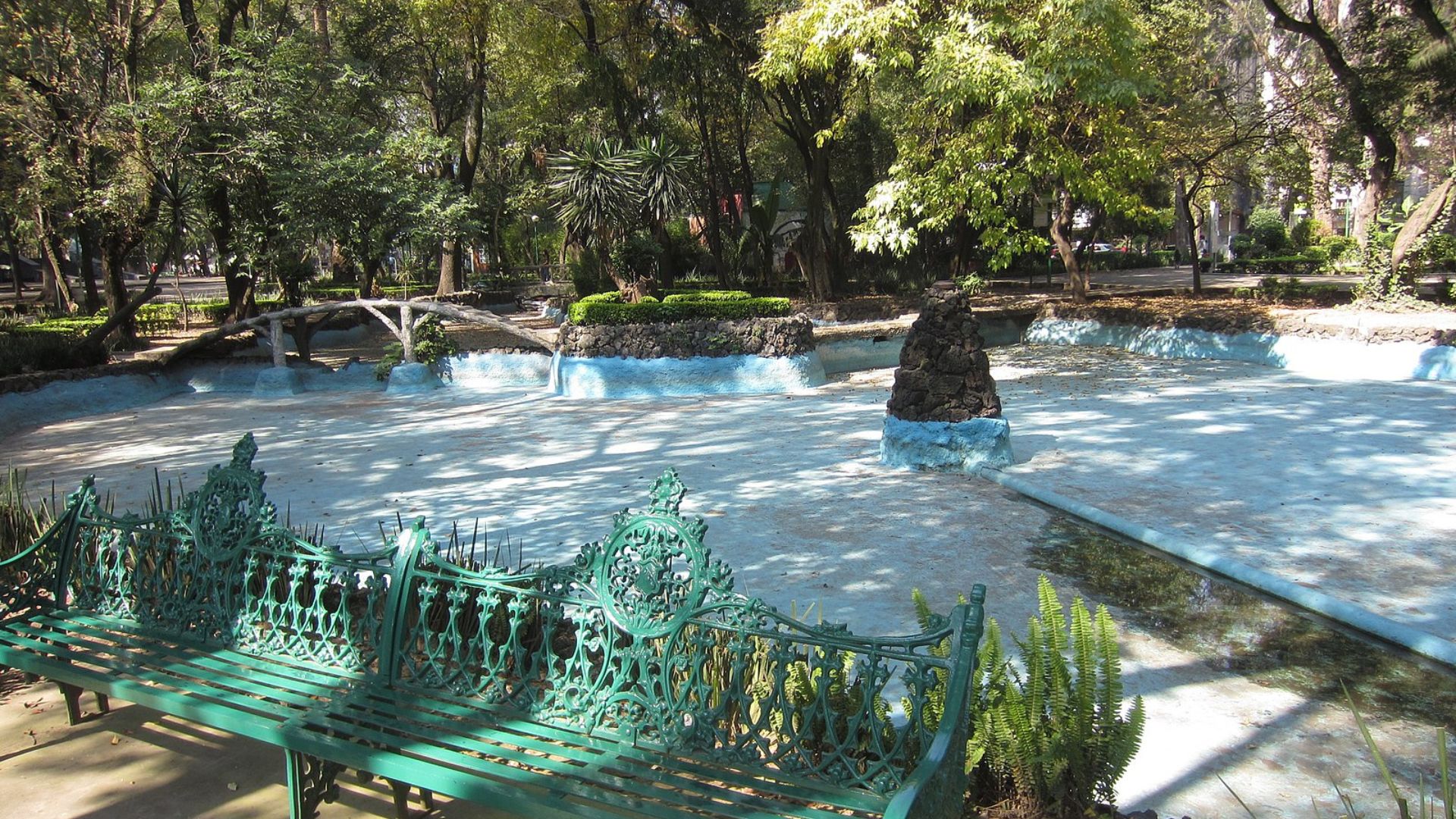
Enrique Acevedo, a contributor for CBS News, has highlighted an unprecedented level of water scarcity and management in Mexico City, unseen in the last decade.
He said, “Gyms here in Mexico City and other public parks had to start limiting the number of guests they have taking showers and using their facilities because a lot of people were taking advantage of their memberships to use water at those facilities.”
Infrastructure and Climate Challenges
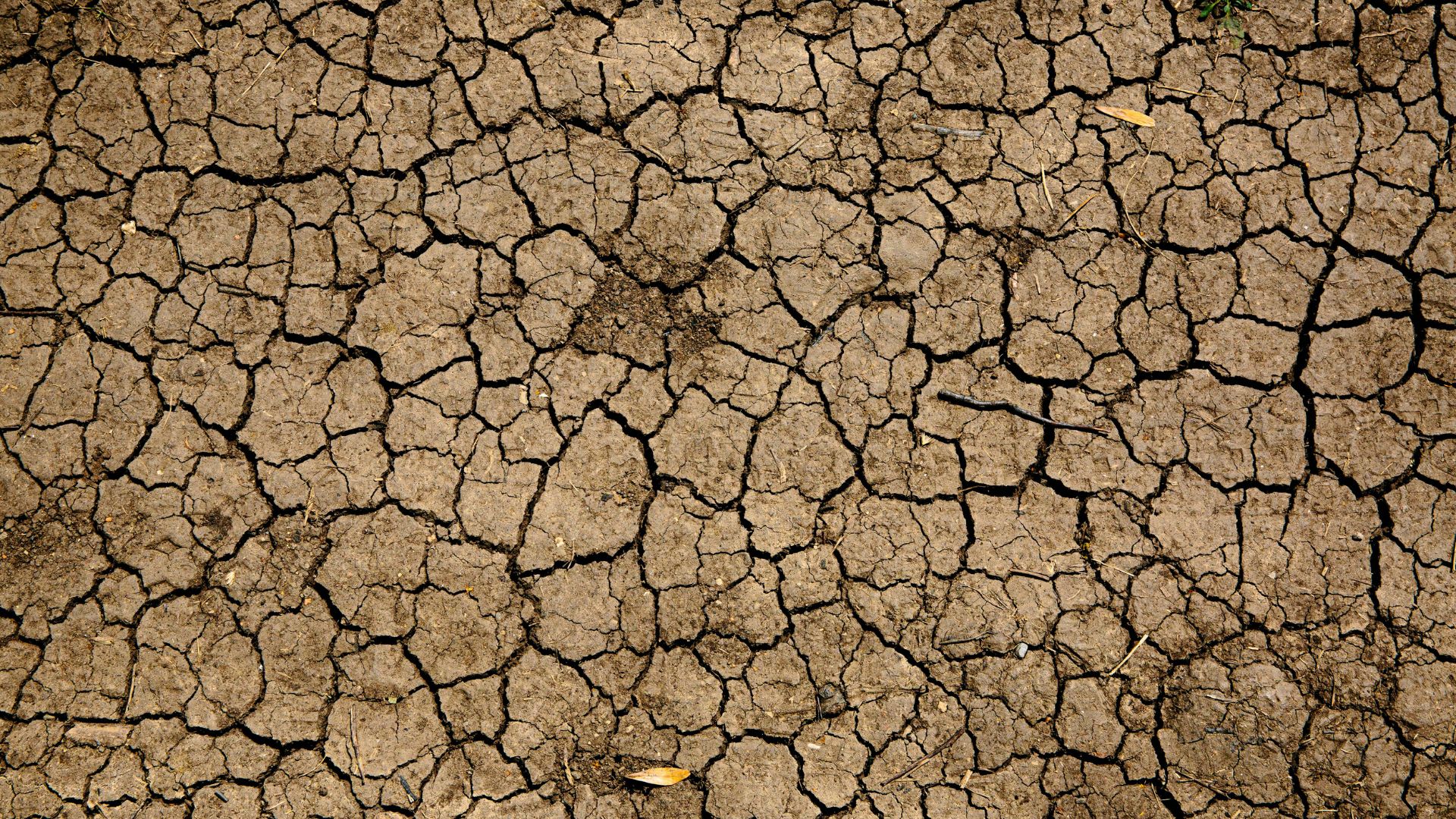
Mexico City’s water crisis is exacerbated by a combination of inadequate infrastructure, rapid urban expansion, and climate change.
The city’s reliance on an overstressed water system, including the Cutzamala System and underground aquifers, is a ticking time bomb. Drought conditions worsen the situation, making it evident that the city’s water woes are deeply rooted in broader environmental and developmental issues.
The Cutzamala System’s Decline
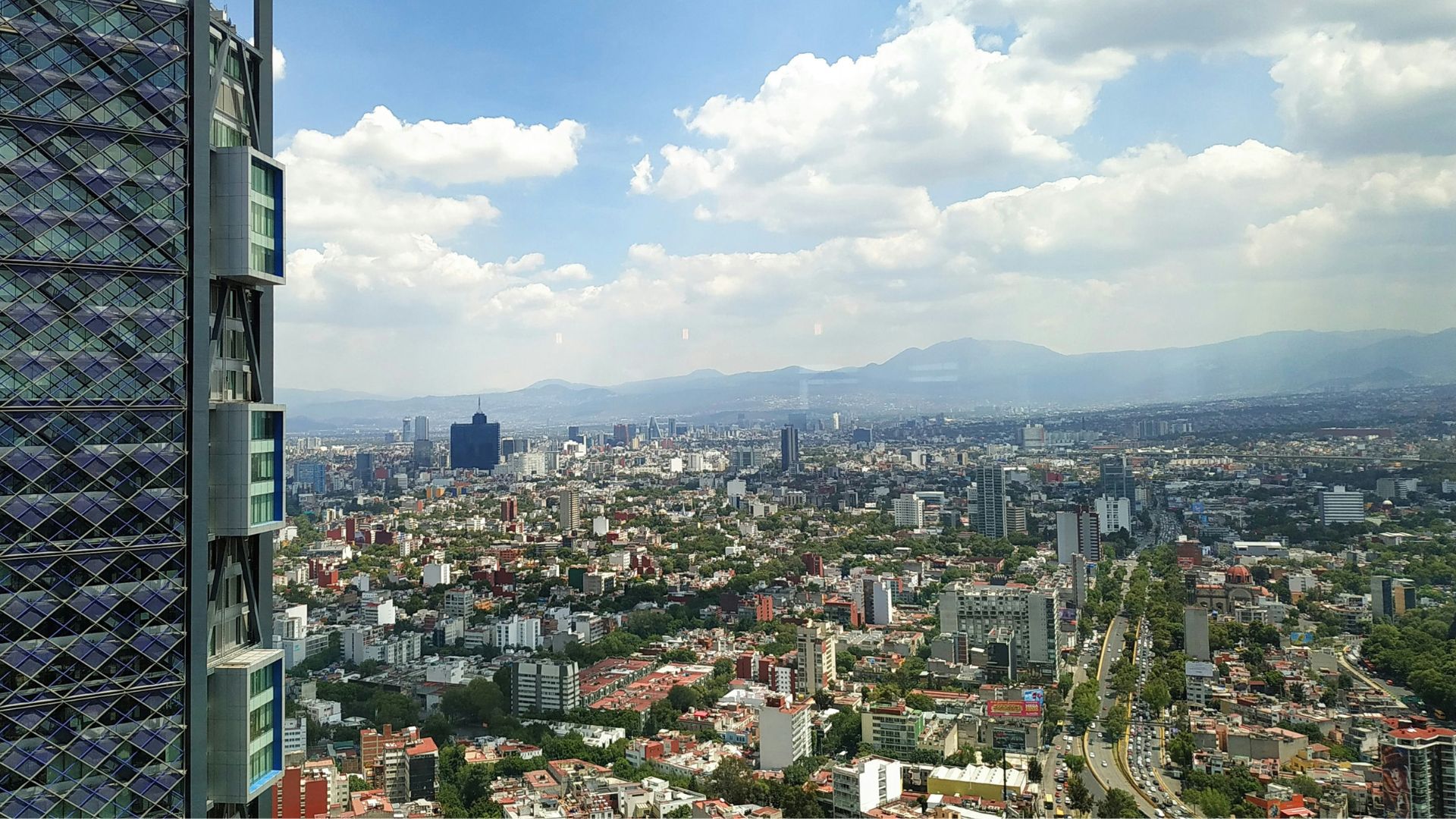
The Cutzamala System, crucial for supplying water to the Valley of Mexico, is facing an unprecedented crisis. Supplying about 25% of the region’s water, this intricate network of reservoirs and canals is now operating at a dangerously low capacity due to persistent droughts.
Currently, it holds only about 39% of its capacity, marking a historic low for the system. Fabiola Sosa-Rodríguez of the Metropolitan Autonomous University comments on the severity of the situation, saying, “It’s almost half of the amount of water that we should have.”
Historical Context of Water in Mexico City
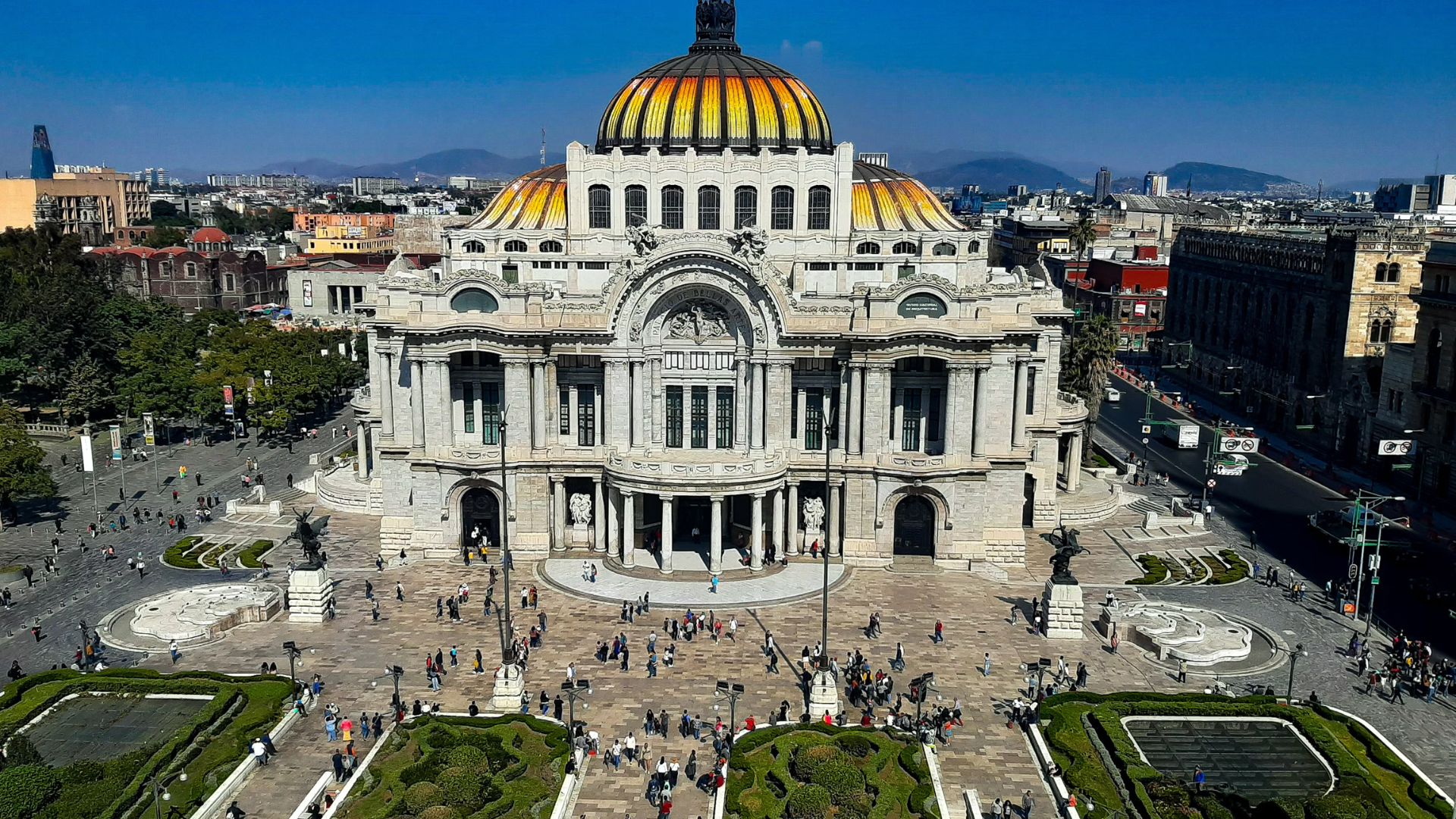
The city’s struggle with water is not new but is deeply entrenched in its history. Built on a drained lake bed, Mexico City faces unique geographical challenges.
The city’s primary water sources are strained to their limits, with overuse causing significant subsidence issues. This sinking, at a rate of 20 inches per year since 1950, is a stark indicator of the unsustainable extraction of groundwater.
Climate Change Intensifies Droughts

A report from Mexico’s National Water Commission (Conagua) indicates that the country is facing warmer and drier conditions than usual, with January being the warmest on record.
Such climatic shifts are reducing the chances of replenishing water sources, further straining the already limited supplies.
Rising Tensions and Conservation Appeals
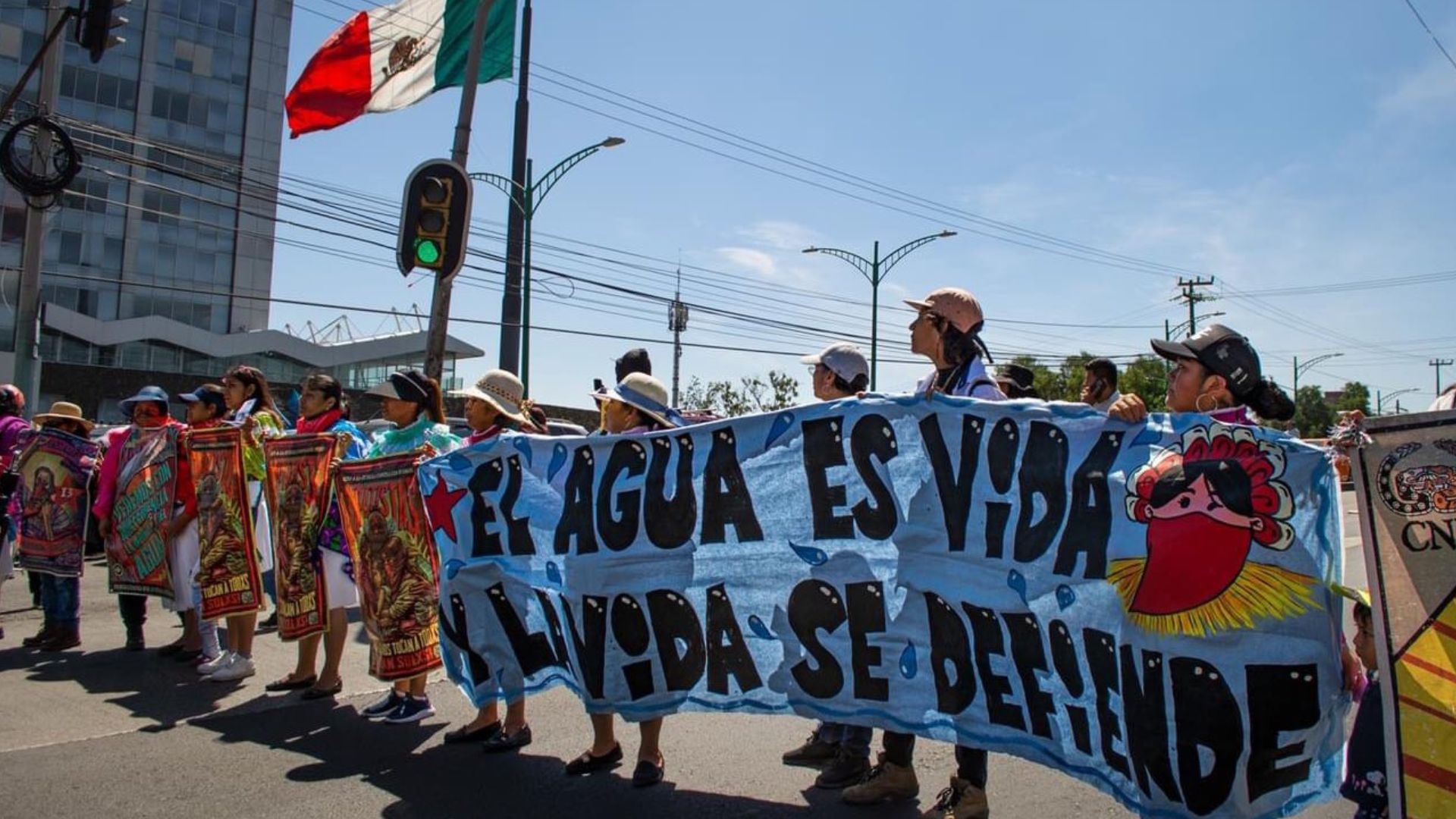
The escalating water crisis has sparked significant unrest and frustration among the populace, as evidenced by the January protests in Acambay where demonstrators forcibly entered a National Water Commission office and vandalized it.
In response to the growing crisis, local authorities are calling on residents to conserve water, emphasizing the need to allocate the scarce resource primarily for drinking, especially as the region faces soaring temperatures around 85 F.
Uncertain Future
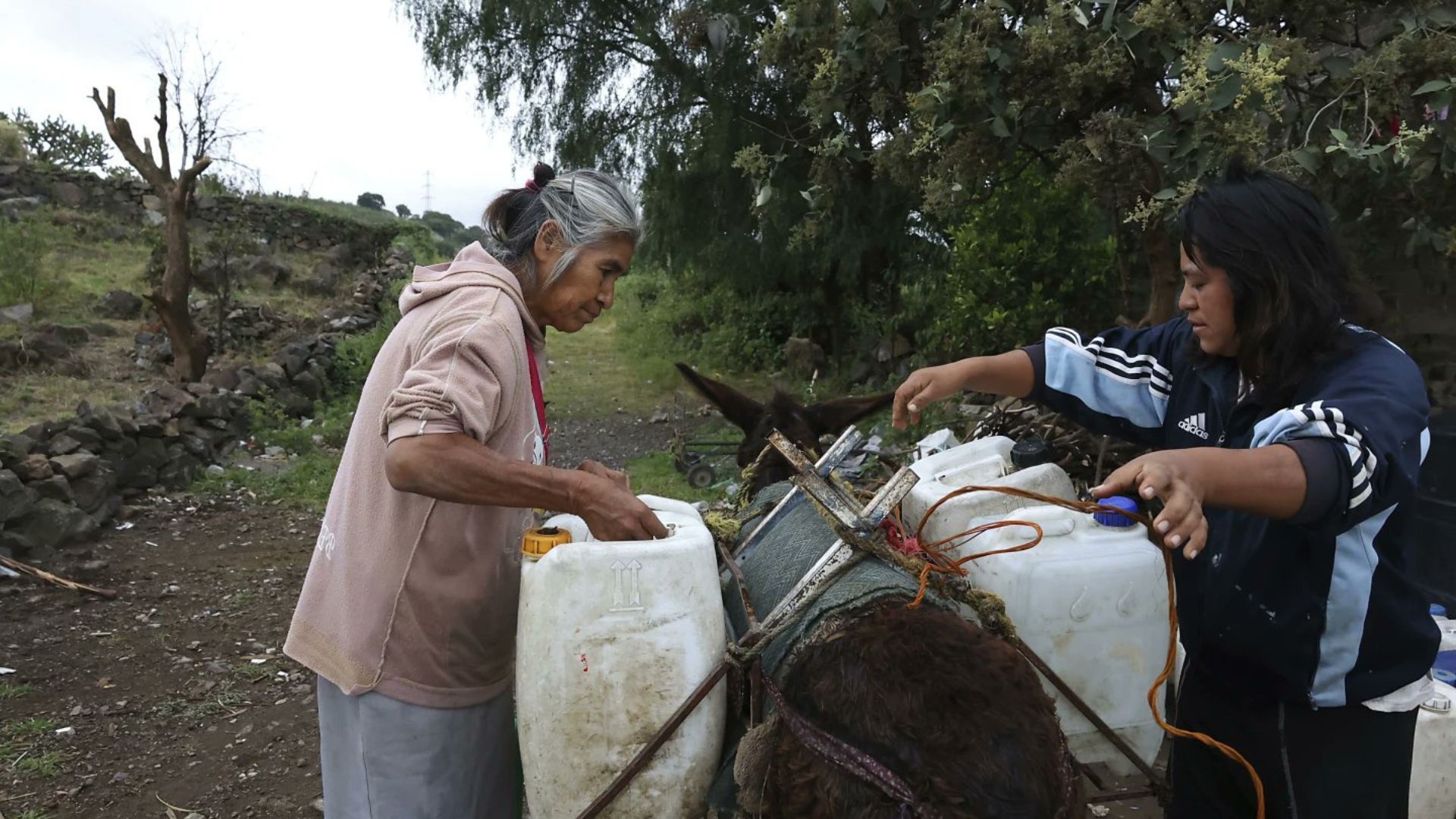
According to a recent report by La Razón de México, there is a tangible fear among officials that “day zero” might occur as soon as June 26 and could extend until September.
Solano-Rojas, an associate professor at the National Autonomous University of Mexico, acknowledges the ongoing struggle against water shortages, saying “If I run out of water, then for me it’s day zero already. This kind of thing has been happening for a long while already.”
